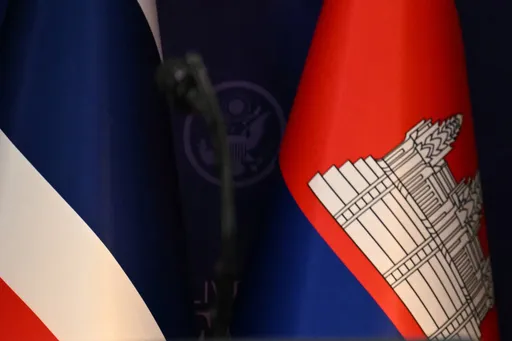Thirty-one years ago today, a sudden meltdown at reactor 4 in the Chernobyl nuclear power station caused a massive fire at the plant located in northern Ukraine, which was then a part of the Soviet Union (USSR).
Large amounts of radioactive material were released into other parts of the USSR, including Russia and Belarus, as well as northern Europe. The city of Pripyat and surrounding areas became unsafe for human habitation – and it will remain so for several centuries.
Human error and poor reactor design were blamed for the accident. It is the deadliest nuclear power plant accident in history. In the immediate aftermath of the explosion 49 people were killed, but since then thousands more have died. Thousands more were also displaced, leaving the nearby city of Pripyat a ghost town.
Early mitigation measures taken by the Soviet authorities have helped the radiation levels to lessen. However, radioactivity still pollutes many locations where people face high rates of cancer, birth defects and other health problems.
The total number of those killed by radiation-related illnesses such as cancer is still unclear. A Greenpeace report published last year estimates the total cancer deaths from the disaster at 115,000, in contrast with the World Health Organisation's estimate of 9,000.
The accident forced tens of thousands to flee their homes. Officials closed off the area within 30 kilometres of the plant except for persons with official business. "The 30 kilometre exclusion zone around the Chernobyl reactor remains highly contaminated and unsuitable to live in," Greenpeace said last year.
The government's reaction to the disaster highlighted flaws in the Soviet system, with its unaccountable bureaucrats and an entrenched culture of secrecy. For example, the evacuation order came 36 hours after the accident.
Former Soviet leader Mikhail Gorbachev has said he considered Chernobyl one of the main nails in the coffin of the Soviet Union, which eventually collapsed in 1991.
Since 2011, tourists have been allowed to visit Chernobyl, and about 160 residents are estimated to have returned to their homes in the control zone that is deemed unsafe for human habitation.
"We decided to save the history of Chernobyl," says Oleksandra Lozbin, one of the returnees. "We hope that people will come back here and will live here, and their children and grandchildren will see what life was like here, in what kind of cots people were raised here, in what kind of boxes people stored their personal belongings and books," she adds.
























